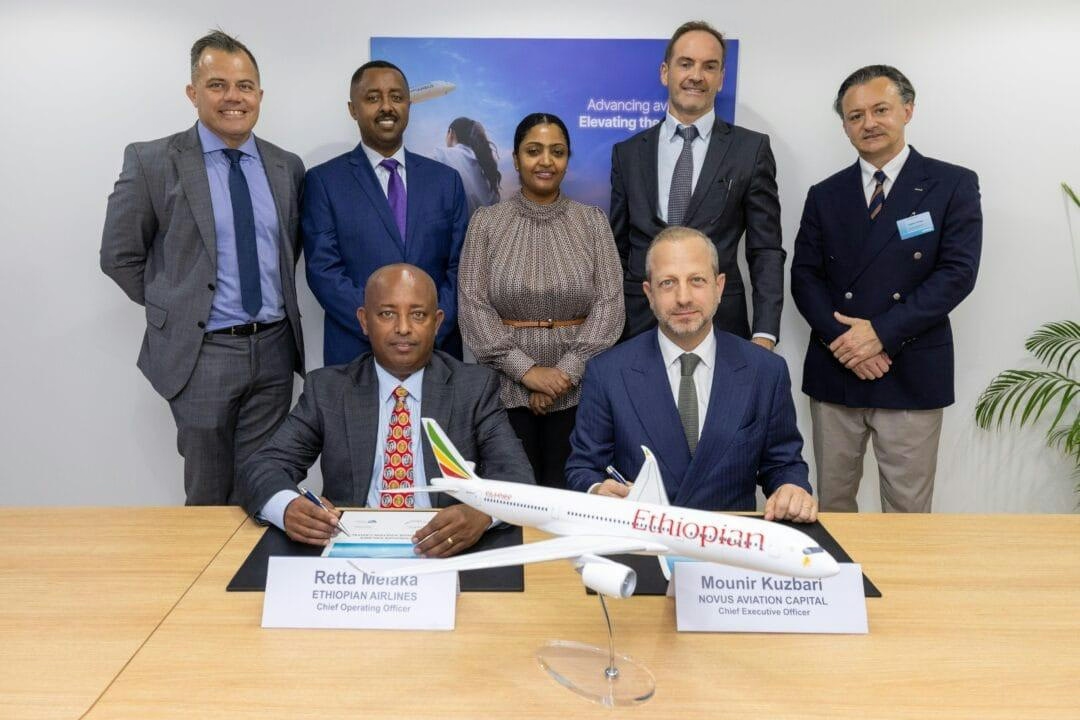
AeroGenie: il tuo copilota intelligente.
Tendenze
Categories
Malaysia Seeks Airbus and Embraer for MRO and Supply Chain Hub
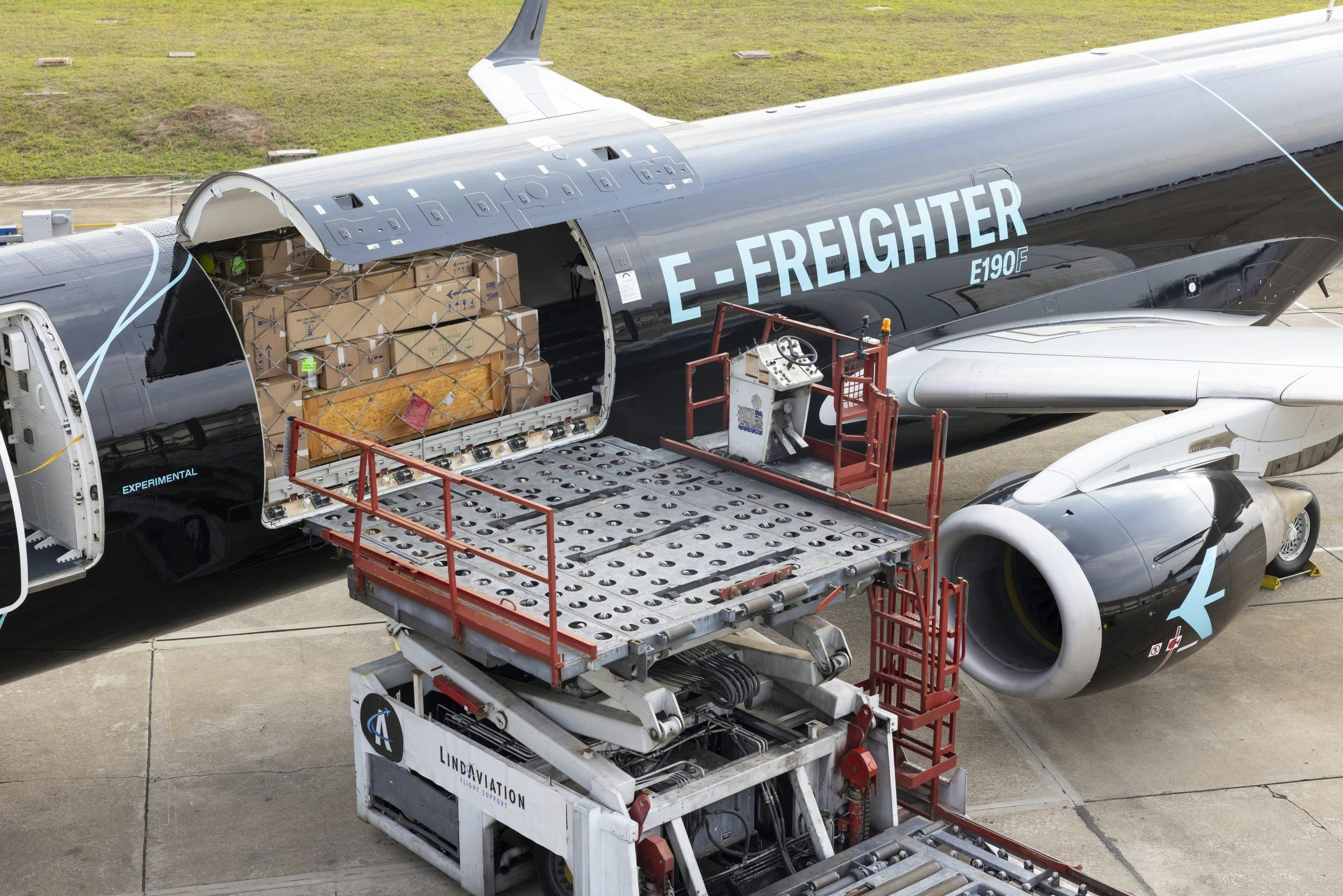
Malaysia Pursues Airbus and Embraer to Establish Aerospace Hub
KUALA LUMPUR — Malaysia is actively encouraging leading aircraft manufacturers, notably Airbus and Embraer, to develop the country into a regional centre for maintenance, repair and overhaul (MRO), training, and supply chain operations. This initiative is closely linked to ongoing negotiations surrounding substantial aircraft acquisitions by AirAsia and Malaysia Airlines, reflecting the government’s broader strategy to leverage these deals for long-term industrial benefits.
Strategic Leverage Amid Major Aircraft Purchases
Transport Minister Loke Siew Fook highlighted that the government is using these high-value procurement agreements to secure wider advantages for Malaysia’s aerospace sector, aiming to attract investment and generate employment opportunities. Speaking from Rio de Janeiro, Brazil, following Prime Minister Anwar Ibrahim’s official visits to Italy, France, and Brazil, Loke emphasized that the government’s approach ensures these purchases yield reciprocal benefits beyond the immediate acquisition of aircraft. “This is the strategy we are using so that these purchases are not just one-way—they also benefit Malaysia in the aerospace sector,” he stated.
Malaysia’s efforts come at a time of heightened competition in the global aerospace market, where recent firm orders from carriers such as ANA Holdings and Riyadh Air have intensified rivalry among Airbus, Boeing, and Embraer. This competitive environment has prompted some airlines, including Poland’s LOT, to shift their regional fleet supplier preferences from Embraer to Airbus, signaling potential realignments within the industry.
Diversification and Expansion of Local Aerospace Capabilities
Minister Loke underscored Malaysia’s intent to diversify its airline fleet procurement strategies, encouraging local suppliers to deepen their presence in the country. He noted that Malaysia Airlines, in particular, is broadening its aircraft purchasing portfolio to avoid reliance on a single supplier. Beyond fleet diversification, the government has proposed Malaysia as a candidate for a final assembly line, addressing Airbus’s current supply chain bottlenecks. “Airbus currently has a backlog of 8,000 aircraft, so it has problems in terms of supply chain and so on to complete these aircraft. Of course, this backlog will continue, and that is why we also hope that Airbus can invest more in Malaysia in terms of securing the supply chain and considering Malaysia as an aircraft assembly destination,” Loke explained.
Recent transactions underscore this strategic push. AirAsia signed a deal for Airbus A321XLR long-haul aircraft valued at US$12.25 billion (RM51.72 billion), with deliveries slated to begin in 2028. Meanwhile, Malaysia Aviation Group (MAG), the parent company of Malaysia Airlines, exercised purchase rights for 20 additional A330neo aircraft through a direct order with Airbus, increasing its total commitment to 40 A330neos. Deliveries for this latest batch are scheduled between 2029 and 2031.
Existing Presence and Future Prospects
Airbus already operates an MRO and training centre in Subang, Malaysia, including helicopter training facilities. However, the government is keen to see these operations expanded significantly. “For example, they have Airbus helicopter training based in Subang. It is already there but what we want is for them to expand their operations,” Loke remarked.
As Malaysia positions itself as a potential aerospace hub, industry analysts acknowledge that complexities in supply chains and evolving market dynamics may present challenges. Nonetheless, Malaysian officials remain optimistic that strategic diplomacy and partnerships will enhance the country’s standing within the global aerospace industry.
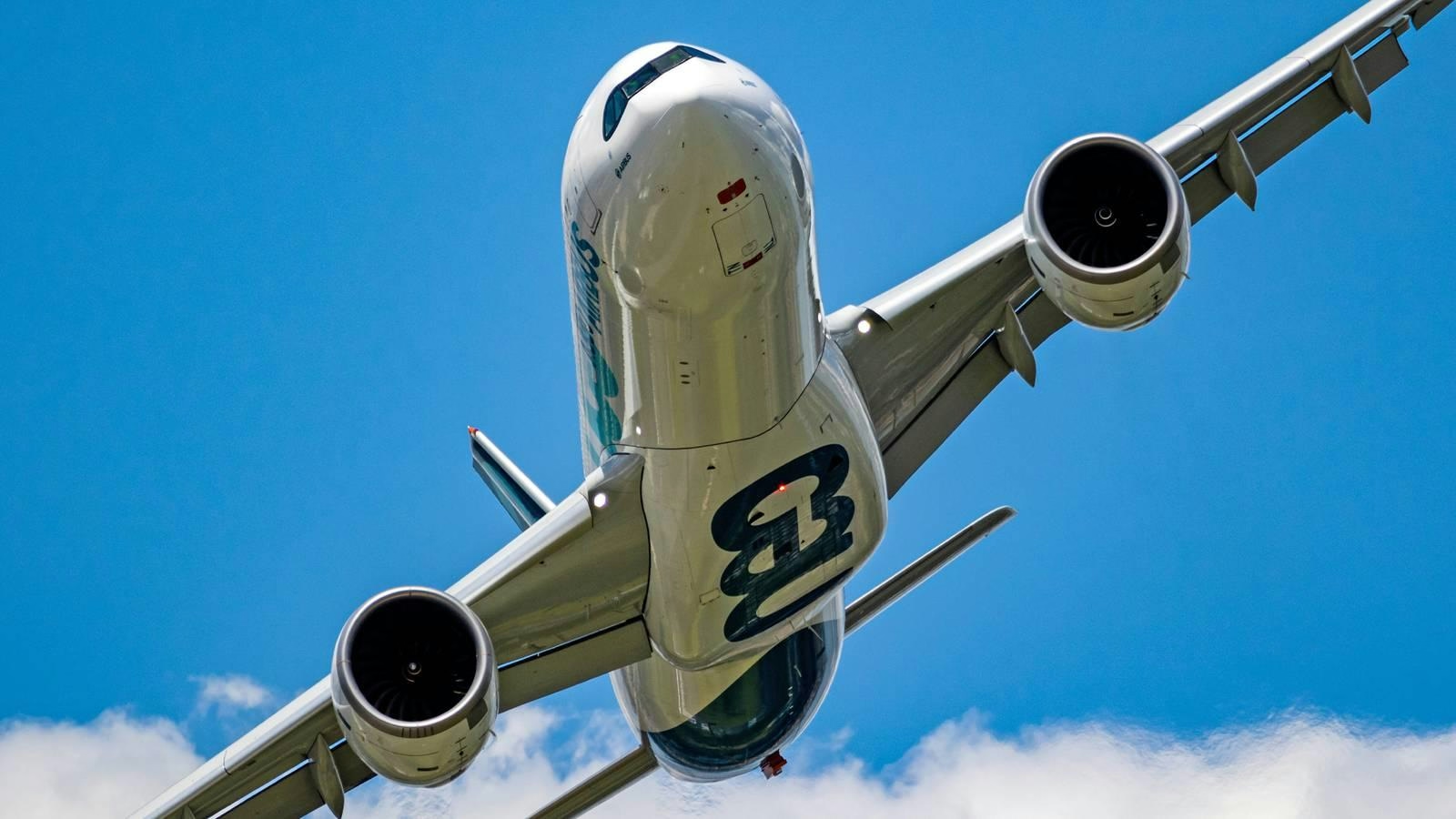
Why Is the Airbus A330neo Limited to a Single Engine Type?
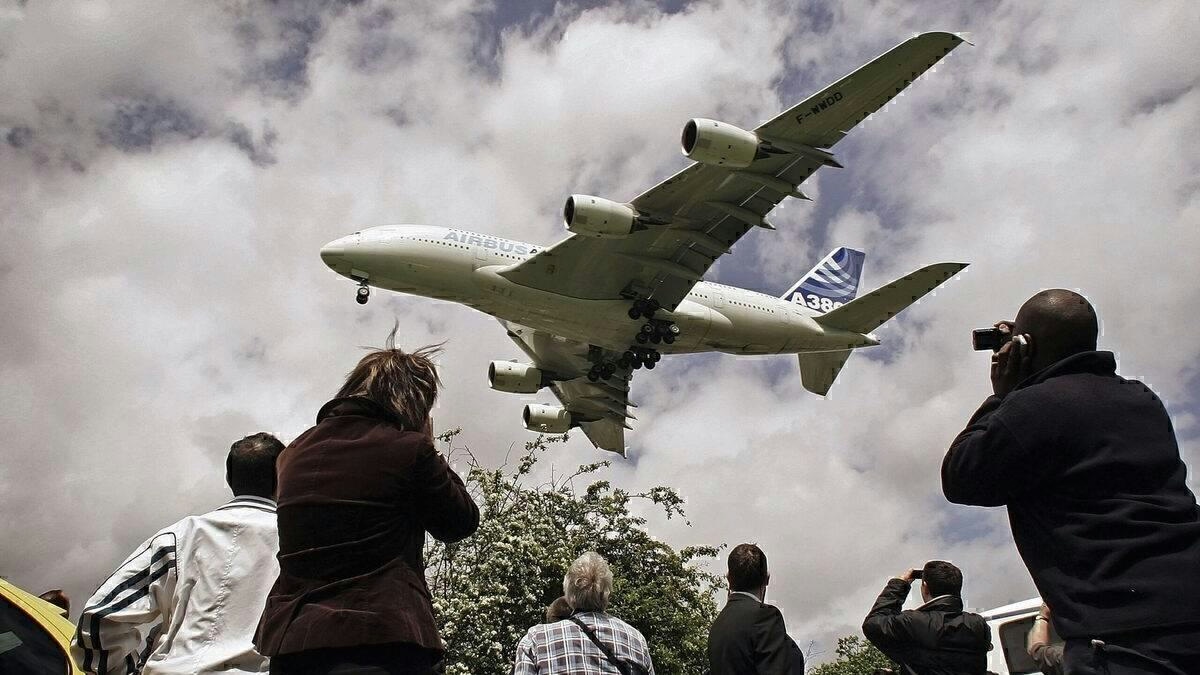
FedEx Cancels Airbus A380 Order

Why AI Hasn’t Transformed Flight Booking
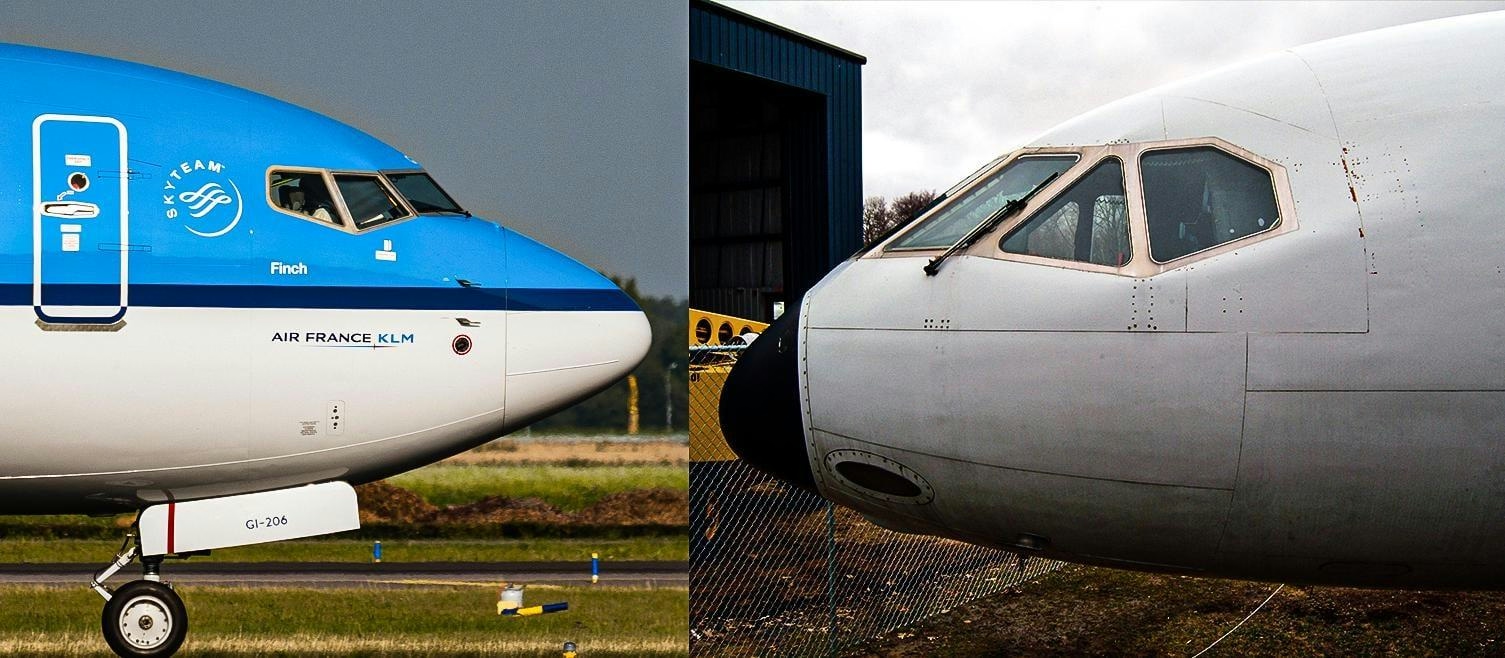
Why Are Boeing Aircraft Noses More Pointed Than Airbus?
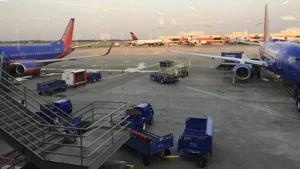
Digitizing the Aviation Supply Chain: Moving Beyond Outdated Practices
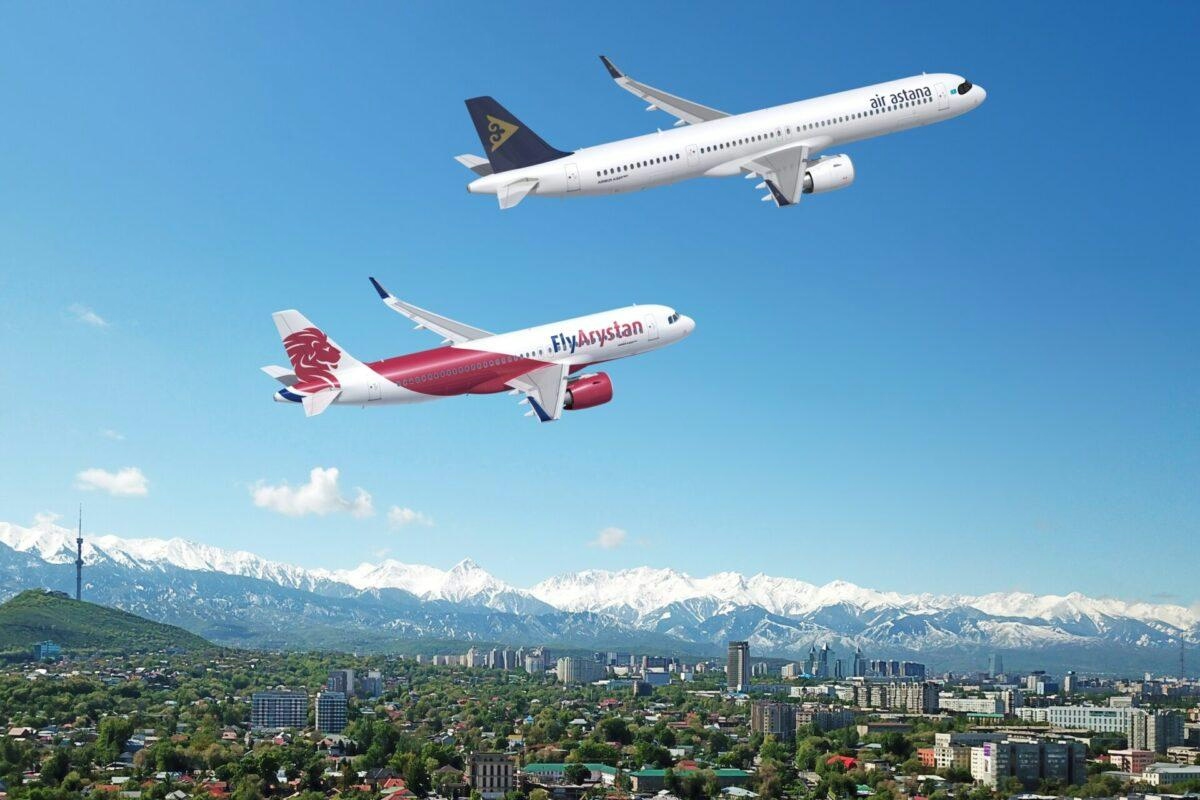
Air Astana Signs Agreement for Up to 50 Airbus A320neo Jets
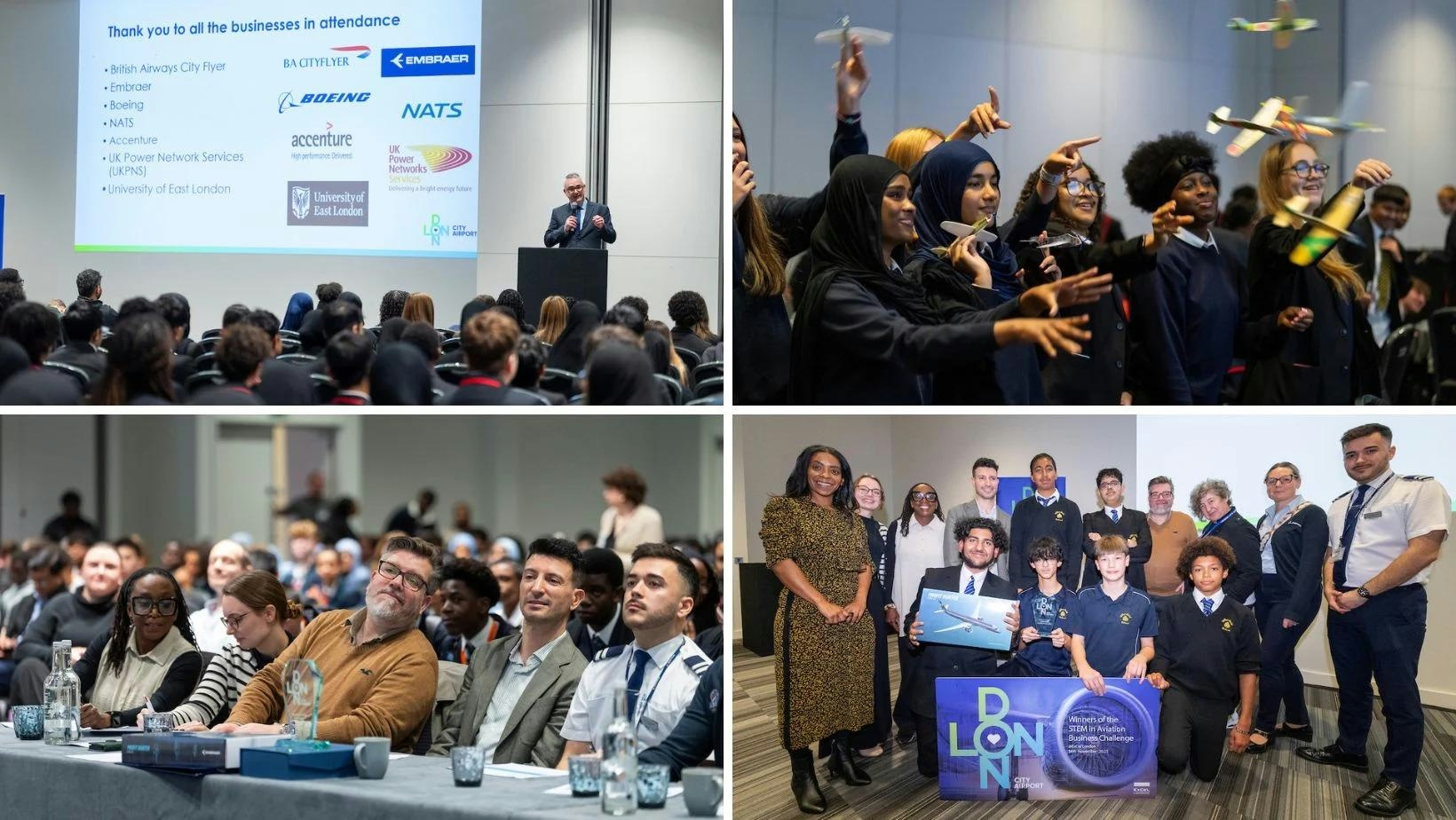
East London students explore aviation innovation at LCY STEM event

Archer’s Air Taxi Fails to Fly at Dubai Airshow
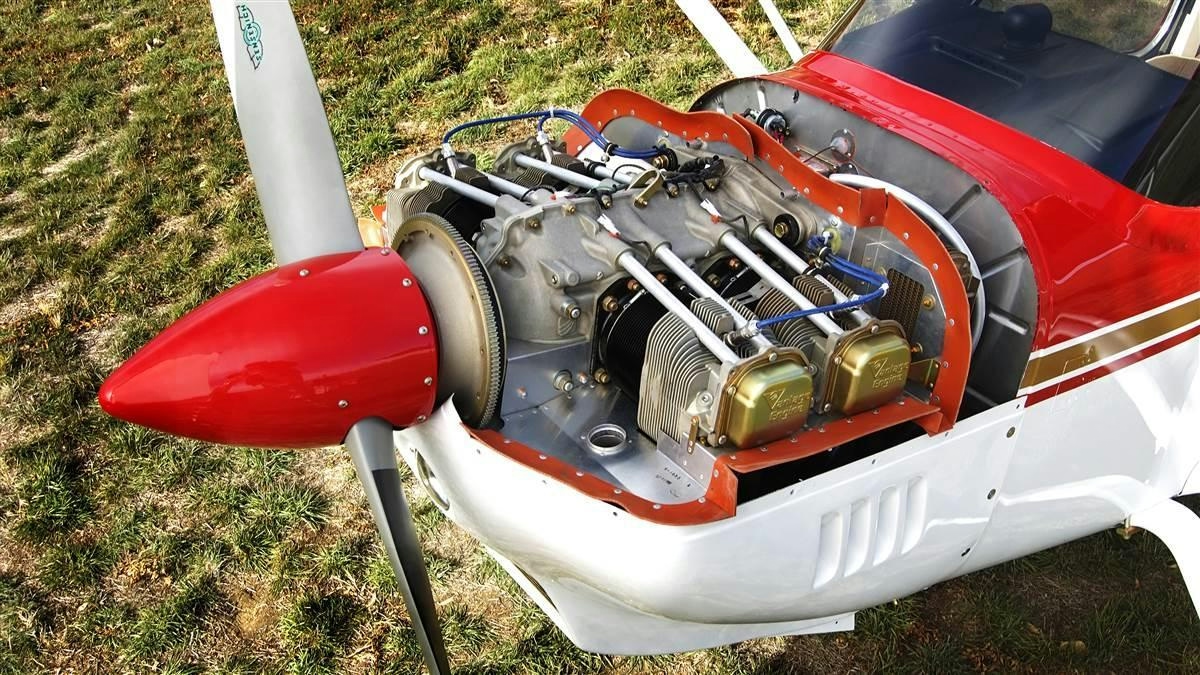
New Course on Airplane Engine Operations Launched
